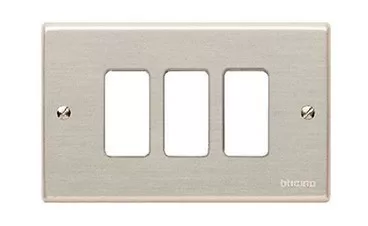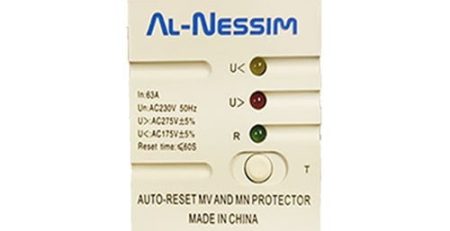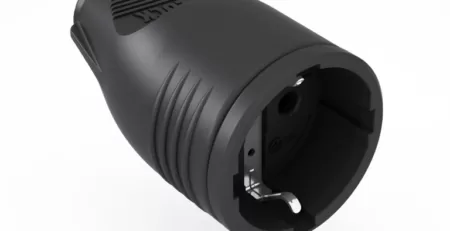Advantages of Fiber Optic Cables
Optical fibers are strands of super pure flexible glass used in telecommunications and they could be as thin as human hair. These thin strands transit digital signals in the form of light. A two-layered plastic coating rendered around each fiber make them reflect the light back to the core and move it forward without much loss. A number of such fibers are specifically arranged in bundles to do a set functions and such bundle is known as an optical cable. A cable is again buffer coated with a final outer layer for extra protection from moisture and other damaging agents.
Fiber optic communication moves on through two main types of fibre optic cables. Laser lights move through single-mode fiber cables to transmit signals and in multi-mode cables, LEDs or light emitting diodes do this job. Multi-mode cables are thicker and heavier than single-mode cables. The basic principle of total internal reflection works in fiber optic communication to transit light signals from its place of origin to the place of its destination.
Apart from the cable itself, some other parts are essential components the system. A “transmitter” is the device that generates coded light-signals to travel through the cable. When these light-signals move over a certain distance, they get weak, now an “optic regenerator” copies the complete set of signals and regenerate them to flow over the next connection at full strength. Shorter versions of optical cables may not need an optic regenerator. Upon reaching the destination, an “optical receiver” receives coded light-signals and decodes them into a readable form.
Apart from telecommunications, the technology of optical fiber communication comes handy in Internet signals, medical imaging, and inspecting plumbing and sewer lines and even in digital television connections. Optical fiber cables are more helpful than conventional copper cables. The advantages are as listed below.
Cost effective: Fibre optic cables are more cost-effective than copper wire. By replacing copper with optical fibers, the service providers as well as customers save a lot of money. The higher carrying capacity of optical fibers over copper wire is another advantage. Transmissions of more signals at a time without much interference is of great help to the customers.
Flexible, lighter and less bulky: In most urban places, there is an acute shortage of space. This limited available space is shared among subways, sewer lines and power wires. Being lighter and less bulky, they can fit in crowded and smaller places, it is easy to transport them to different places of installation. Flexibility is their gifted advantage, this very character makes them move through every corners quite easily.
Lesser degradation of signals: Fibre optic cables can retain the signal intensity over a long-range in comparison over traditional wires. The light signals transmitted through these cables do not interfere with each other and thus you receive signals that are easier and clearer to understand.
Use less power: The signal generators used in optical fiber communication use lesser energy and thus save considerable amount of money on power. Since the signals are digital in nature, the computer networks pick them easily.
Safe: Since optical fibers use light for signal transmissions instead of electricity, incidences of fire hazards and electric shocks are ruled out. This makes them safer than conventional wires.
Such being the amazing capabilities of fibre optic cables, the new possibilities in the field optical fiber communication are always on the rise.
BY by GAHZLY
#Advantages #Fiber #Optic #Cables











Leave a Reply
You must be logged in to post a comment.